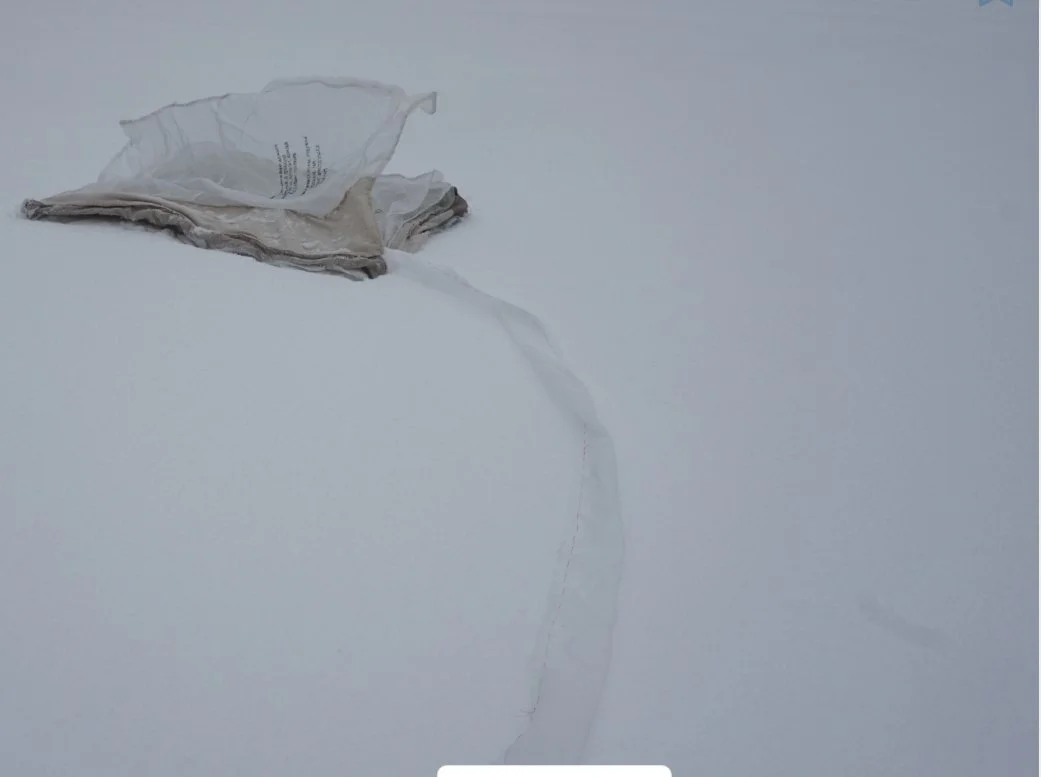Paris: City of Light & Shadow | Hauns P. Kraus, Jr.
Brassaï (Gyula Halasz), Tonnerre sur Paris (Lightning over Paris), 1938. Courtesy of Hans P. Kraus Jr., New York.
Written by Alexander Loukopoulos
Hans P. Kraus Jr. Inc. invites viewers back to the nineteenth century to rediscover the roots of photography and its ties to one of the most iconic cities in the world.
How easy it is to take light for granted. What we now produce in abundance was once scarce in even the most technologically advanced societies. As time progressed, the citywide installation of gas lighting, and eventually electric lighting, first found its home in Paris during the early nineteenth century, hence its apt nickname: the City of Light. Unsurprisingly, as the technology behind light advanced, so did the technology to capture it: the infant practice of photography was beginning to transition from something that was purely practical into something that could be its own art form. What better place, then, to experiment with this newfound form of expression than Paris, the City of Light?
Charles Marville, Opéra Candélabre à 7 lumières avec globe, 1864-70. Courtesy of Hans P. Kraus Jr., New York.
Nadar (Gaspard-Félix Tournachon), Sewers of Paris “Part of the gallery converted into a wagon garage, 1865. Courtesy of Hans P. Kraus Jr., New York.
The Paris: City of Light & Shadow exhibition at Hans P. Kraus Jr. Inc. runs from May 8 until July 12. It features works by photographers such as Brassaï, Charles Marville, Nadar, John Beasley Greene, and many others who attempted to document both the streets and underground of a city rapidly undergoing modernization. A shining example of this effort can be seen in the photograph above, Opéra Candélabre à 7 lumières avec globe, taken by Charles Marville (1813–1879) of a streetlamp erected in the 1870s. While the prefect of Seine Georges-Eugène Haussmann’s modernization efforts were well underway, Marville captured the cutting-edge status symbol of a new, luxurious Paris. Despite the pragmatic conception of Opéra Candélabre, Marville’s elegant composition exemplifies how a camera is only as resourceful as the person who wields it.
Nadar (Gaspard-Félix Tournachon), Catacombs of Paris “Hallucinations of shadow, light and collodion, 1862. Courtesy of Hans P. Kraus Jr., New York.
Though the leaps in technology since this time are widely appreciated, Paris: City of Light & Shadow reminds us that modern does not always mean better. Light and photography have always gone hand in hand. The relationship between the two can be represented in an infinite amount of ways, all of which are dependent on the technology that is available and the photographer who seeks to capture it.
The methods used to capture these photographs are far from practical in today’s landscape, but the photographs themselves stand as testaments to how far humans have come, both as artists and engineers. They provide the purest glimpses of a bygone era, one that inspired people to tackle an entirely new form of self-expression. Even in a society saturated with images and brimming with inspiration, they could never be recreated in their entirety. Really, what makes the exhibited photographs at Paris: City of Light & Shadow special is not the history behind their making, nor even the technology that was used to take them, but that they preserved a world where the best was only yet to come.











